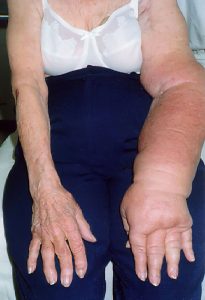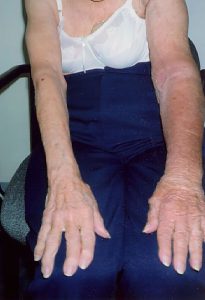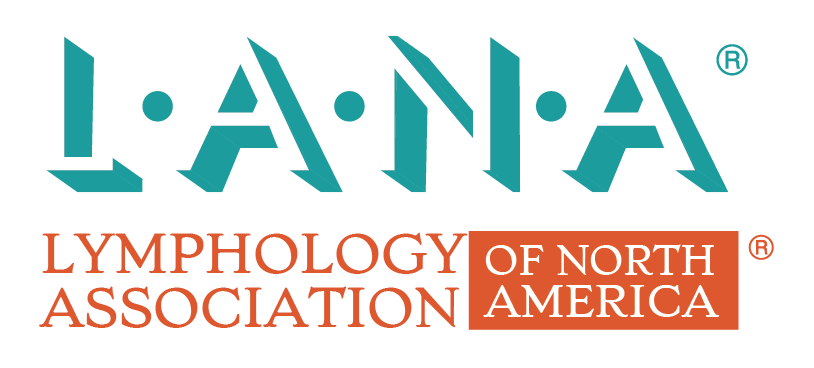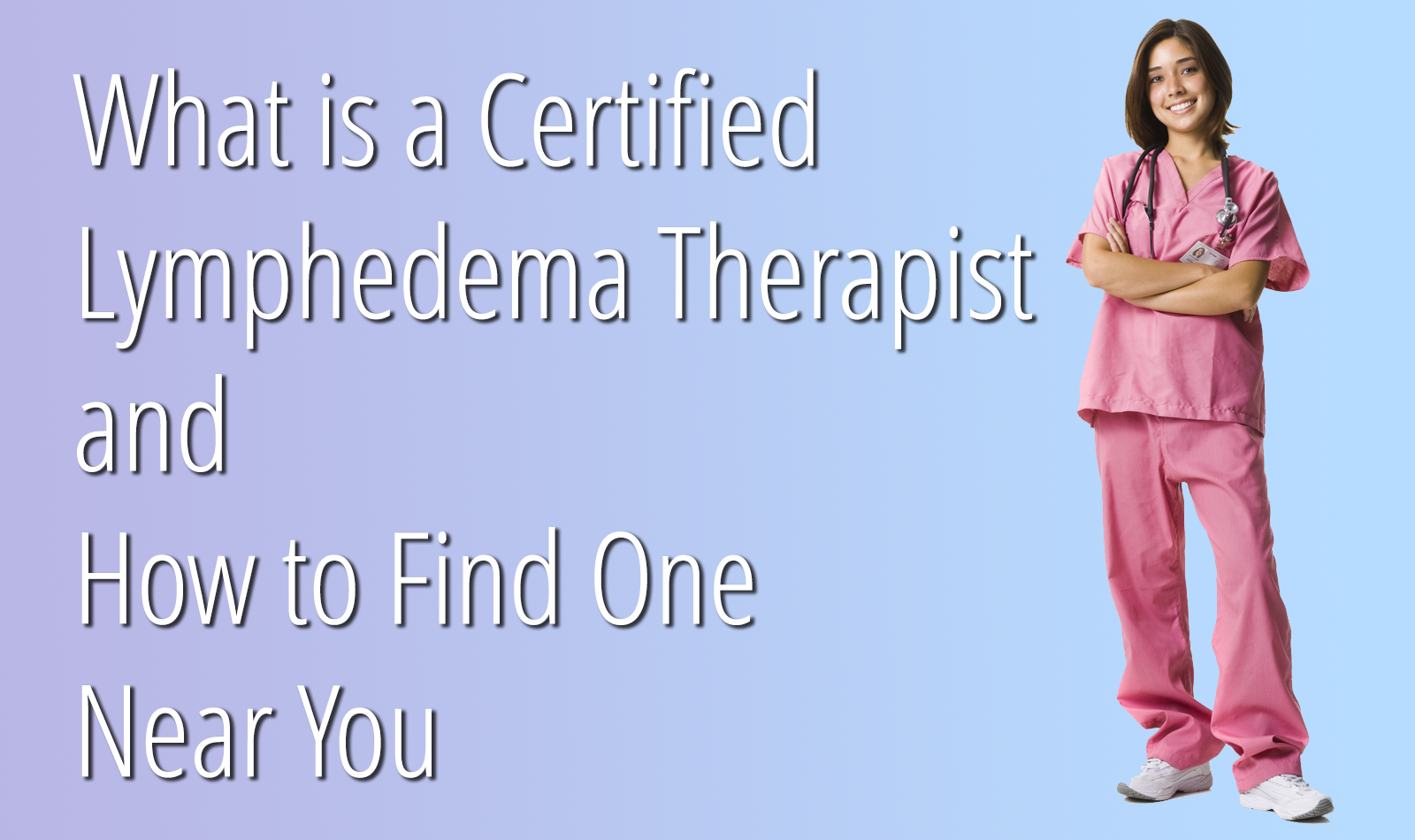Lymphedema is a chronic and often misunderstood condition that affects millions of people worldwide. Whether caused by surgery, cancer treatments, or other health conditions, managing lymphedema requires specialized care. Certified Lymphedema Therapists (CLTs) play a pivotal role in providing this care, offering patients techniques and tools to manage symptoms and improve their quality of life. If you’re searching for expert guidance in lymphedema management or curious about what makes a CLT uniquely qualified, this article covers everything you need to know.
What is a Certified Lymphedema Therapist?
A Certified Lymphedema Therapist is a healthcare professional who has undergone specialized training in the treatment and management of lymphedema. These therapists are skilled in techniques like Manual Lymph Drainage (MLD), compression therapy, skincare, and exercise protocols designed to promote lymphatic health.
Certification programs for lymphedema therapists ensure that these professionals are proficient in delivering Complete Decongestive Therapy (CDT), the gold standard for managing lymphedema. CDT combines MLD, compression bandaging, exercise, and meticulous skincare to reduce swelling and prevent complications like infections.
Who Can Become a Certified Lymphedema Therapist?
Many healthcare professionals, including physical therapists, occupational therapists, nurses, and massage therapists, pursue certification in lymphedema therapy. This additional qualification equips them to better serve patients suffering from this condition.
Programs like those offered by the Norton School of Lymphatic Therapy provide rigorous education and training to ensure therapists are highly skilled and capable of addressing the unique challenges associated with lymphedema.
Understanding Primary Lymphedema
Lymphedema is typically classified into two main categories: primary and secondary. Primary lymphedema is a rare, often hereditary condition caused by abnormalities in the lymphatic system. Unlike secondary lymphedema, which is typically triggered by external factors such as surgery or radiation therapy, primary lymphedema can manifest at birth, during puberty, or later in adulthood without any apparent external cause.
For those living with primary lymphedema, finding specialized care is essential. Certified Lymphedema Therapists are trained to manage both primary and secondary forms of lymphedema, employing personalized treatment plans tailored to the unique needs of each patient.


To learn more about primary lymphedema and available training opportunities for therapists, visit Understanding Primary Lymphedema.
Understanding LANA Certification
While completing a certification program is essential, some therapists choose to elevate their qualifications by obtaining certification from the Lymphology Association of North America (LANA). LANA Certification is a voluntary credential that indicates advanced competency in lymphedema treatment. Therapists who achieve this distinction demonstrate a deeper understanding of the lymphatic system and advanced treatment techniques.
LANA-certified therapists are often sought after for their expertise. Patients looking for the highest standard of care may prefer to seek out a therapist with this additional credential.

Lymphedema Treatment: A Comprehensive Approach
Managing lymphedema involves more than just reducing swelling. A certified lymphedema therapist employs a holistic approach to care, tailoring treatments to meet each patient’s unique needs. Key components of treatment include:
- Manual Lymph Drainage (MLD)
- MLD is a gentle, hands-on technique designed to stimulate the lymphatic system and encourage the movement of lymph fluid away from swollen areas. It is both effective and relaxing, helping to reduce discomfort and improve mobility.
- Compression Therapy
- Compression bandages or garments help maintain the reduction of swelling achieved through MLD. Proper compression is essential for long-term lymphedema management. Many of these products can be purchased at retailers like Lymphedema Products. Many products are even covered by Medicare now!
- Skincare
- Lymphedema increases the risk of infections such as cellulitis. Certified therapists educate patients on proper skincare techniques to protect the skin and reduce the likelihood of complications.
- Exercise
- Tailored exercises to promote lymphatic flow and overall physical health. These exercises are carefully designed to avoid overexertion, which could exacerbate symptoms.
How to Find a Lymphedema Therapist Near Me
Finding the right therapist can be challenging, especially if you’re new to lymphedema treatment. Here are some steps to help:
- Use Online Referral Tools
- Resources like the Therapist Referral page from the Norton School of Lymphatic Therapy make it easy to locate certified therapists in your area. These directories provide detailed information, including the therapist’s location, credentials, and contact details.
- Consult Healthcare Providers
- Speak with your primary care physician or specialist for recommendations. Many healthcare providers have connections with lymphedema therapists in your area.
- Search for LANA-Certified Therapists
- If you’re looking for advanced expertise, visit the LANA website to search for certified professionals.
- Check Local Clinics
- Hospitals and rehabilitation centers often have lymphedema programs with certified therapists on staff.
Why Choose a Certified Lymphedema Therapist?
Selecting a certified professional ensures that you’re receiving care from someone with the training and expertise to address the complexities of lymphedema. Certified therapists are equipped to:
- Perform accurate assessments of your condition.
- Develop personalized treatment plans.
- Provide education on self-management techniques.
- Prevent complications through proactive care.
FAQs About Certified Lymphedema Therapists
What is Manual Lymph Drainage (MLD)?
MLD is a gentle massage technique used to stimulate the lymphatic system and reduce swelling. It’s a cornerstone of lymphedema treatment and is performed by certified therapists.
How Long Does Lymphedema Treatment Take?
The duration of treatment varies depending on the severity of the condition. Acute treatment phases may last several weeks, followed by ongoing maintenance.
Can I Manage Lymphedema Without a Therapist?
While self-management techniques are crucial, working with a certified therapist ensures that you receive proper guidance and support, especially during the initial phases of treatment.
What is LANA Certification?
LANA certification is an advanced credential that signifies a high level of expertise in lymphedema treatment. Not all certified lymphedema therapists are LANA-certified, but those who are have demonstrated additional proficiency.
Conclusion
Lymphedema is a challenging condition, but with the help of a Certified Lymphedema Therapist, it can be effectively managed. These trained professionals provide essential care through techniques like Manual Lymph Drainage, compression therapy, and patient education. By seeking out a certified therapist, you can take a proactive step toward improving your quality of life and minimizing the impact of lymphedema.
To find a therapist near you, visit the Norton School’s Therapist Referral page or learn more about lymphedema on their About Lymphedema page. Empower yourself with knowledge and take the first step toward effective lymphedema care today.

